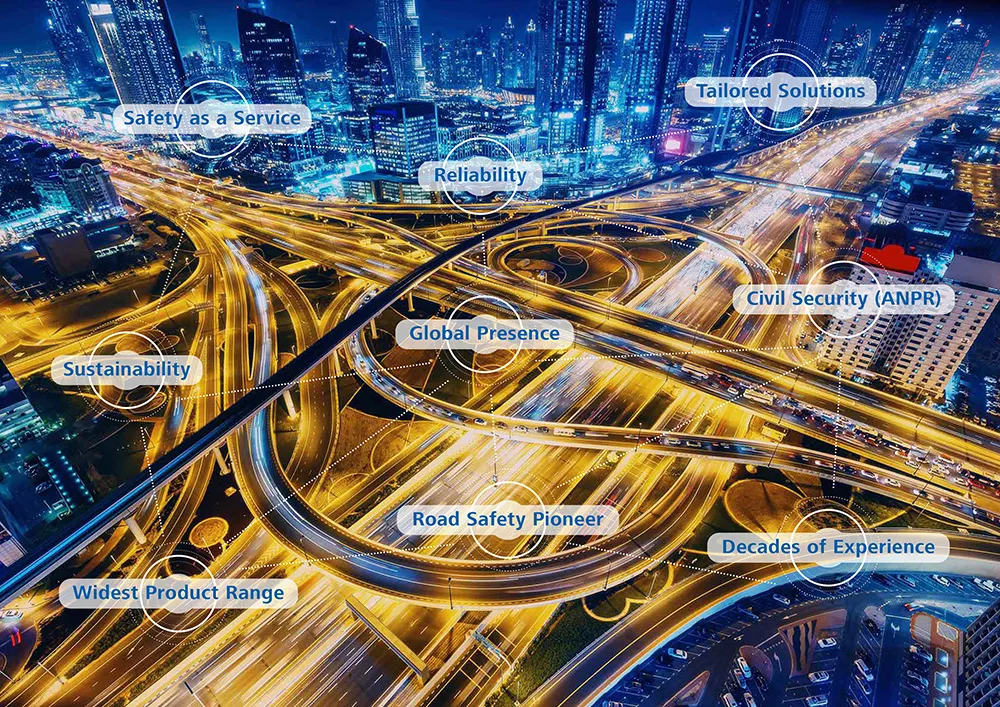Jenoptik will present its latest solution for red light enforcement - the TraffiStar SR390, a super non-invasive system with a tracking radar sensor and optical red light recognition. The various applications for Vector automatic number plate recognition cameras will also be exhibited, including point to point enforcement, road work zone enforcement, wanted vehicle tracking, bus lane enforcement, travel time and origin destination surveys.
Working as stand-alone units or as part of a wider ANPR network, Vector provides 24/7 monitoring capability, with each camera capable of capturing thousands of plate reads every day. Combined with powerful back office analysis software, wanted vehicles can be located fast or criminal activity identified through analysis of driving patterns.
As Jenoptik points out, these technologies and services are proven life savers; researchers from the Insurance Institute for Highway Safety (IIHS) concluded that red light camera programs in 79 large US cities saved nearly 1,300 lives through 2014, while a 2014 report by the Norwegian Institute of Transport Economics found that automatic section speed control reduces the number of people killed or seriously injured by half and this effect continues for several kilometres after the speed control zone.
Jenoptik to present non-invasive enforcement systems
Jenoptik’s Traffic Solutions Division will use the ITS World Congress Melbourne to present a range of traffic enforcement systems which are active in Australia and around the world: the company aims to demonstrate how it is improving roads, journeys and communities with 30,000 cameras operational in over 80 countries and with 480 staff working on traffic solutions and more than 50 million plates read every day.
September 7, 2016
Read time: 2 mins










